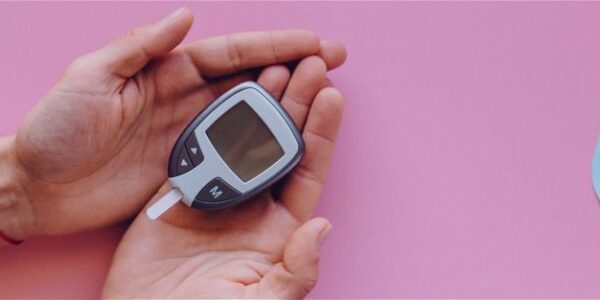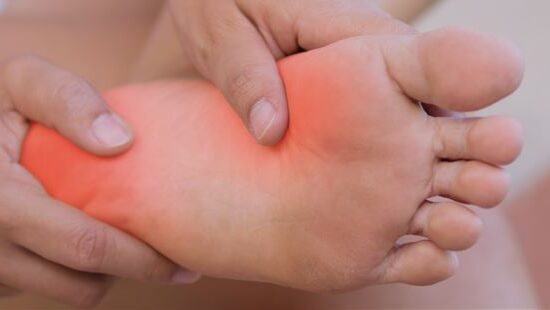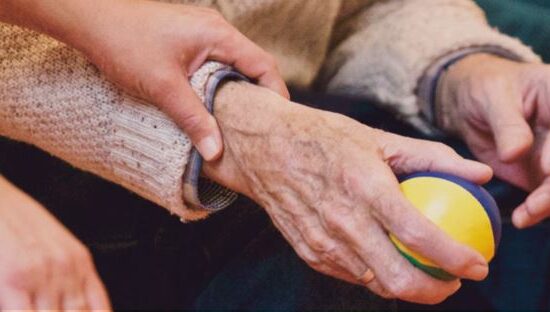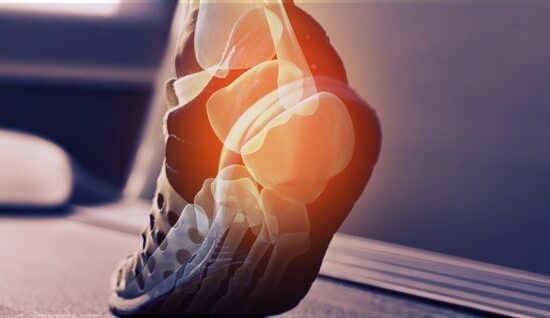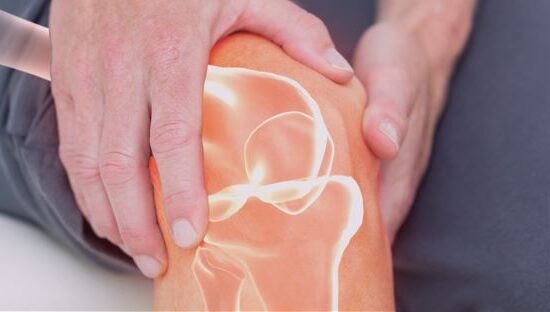What is diabetes?
The term diabetes is generally used to refer to diabetes mellitus or diabetes with glycosuria (presence of glucose in the urine). This condition involves an excessive sugar level (glycemia) in the blood or in the urine.
Where does it come from?
Insulin is a hormone secreted by the pancreas. It is responsible for the absorption of sugar (glucose) present in the blood through the cells of the adipose tissues, the muscles and the liver. Diabetes mellitus is due to an anomaly of the synthesis or action of insulin, the deficient function of which results in hyperglycemia.
Several types of diabetes exist, categorized by their cause:
- Type 1 diabetes: comes from the disappearance of the pancreatic cells at the origin of insulin production;
- Type 2 diabetes: due to the resistance to insulin action of the cells responsible for glucose absorption;
- Pregnancy diabetes: occurs in pregnant women;
- Neonatal diabetes: appears in the newborn.
More rarely, the type of diabetes called diabetes insipidus is found. It is caused by a problem of secretion or recognition not of insulin, but of the antidiuretic hormone.
How can it be recognized?
Diabetes symptoms are sometimes present before its diagnosis. They may occur after a case of inadequate glycemic control. A patient who is “prediabetic”, at the limit of hyperglycemia, rarely exhibits symptoms.
Diabetes symptoms differ from person to person and may appear suddenly or gradually. In particular, they concern:
- An increase in the volume and frequency of urination;
- Exaggerated hunger and thirst;
- Unexplained weight loss;
- Vision disorders;
- Very slow scarring of the skin;
- Urinary and/or genital infections;
- A tingling sensation in the fingers and/or feet;
- Fatigue and an irritable mood.
Solutions supporting people with diabetes
- Opt for a foot orthosis
Diabetes is accompanied very frequently by a foot condition known as neuropathy. It is characterized by a loss of sensation in the toes, ranging from pins and needles to anesthesia. A cushioned foot orthosis, designed from flexible and comfortable materials, helps relieve the pain of this ailment by uniformizing the support points and the pressure under the foot.
- Choose an orthopedic shoe
In case of neuropathy, It is recommended to wear an adapted shoe. Respecting the anatomy of the foot, it increases maintenance and stability and eliminates friction of the toes. The features to prefer are plenty of space in the forefoot without stitches, a wide, flat rocker-type outer sole, and solid rear reinforcements.
In very severe cases, diabetic foot pain is uncontrollable. When this occurs, assistance for walking or mobility may be needed. Many support products are available for greater safety and independence.

